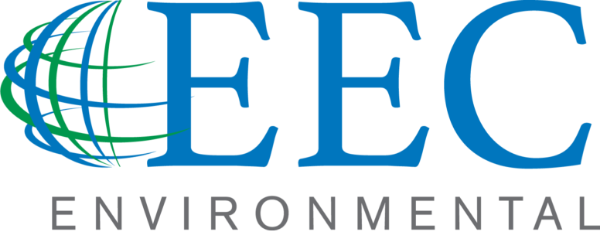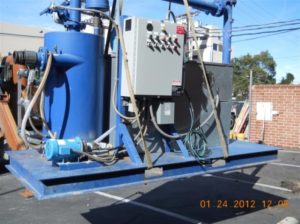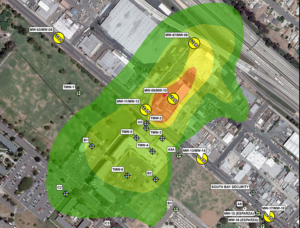Project Highlights:
- Conducted a phase I environmental site assessment
- Prepared PEA, site conceptual model (SCM), community profile, and SVE pilot test
- Evaluated and delineate source(s) of the chlorinated solvent groundwater plume
- Conducted a large-scale geophysical survey of the entire property
- Identified additional sources of contaminants impacting media
- Conducted large-scale multi-depth soil gas investigation
- Conducted groundwater investigation to delineate vertical and lateral extent of the impact
- Identifying additional contributors to groundwater degradation upgradient of property
- Strategic long-term planning with attorneys and client to establish clean up goals
- Conducted remedial feasibility testing and prepared Removal Action Work plan
EEC Environmental (EEC) was retained to prepare a comprehensive SCM and implement a Preliminary Endangerment Assessment (PEA) investigation for a large property that included an industrial laundry and two gasoline service stations. The site was suspected by the Department of Toxic Substance Control (DTSC) as contributing to the regional chlorinated solvent plume that had impacted a city water supply well. The SCM/PEA included an exhaustive investigation into the historical use of the property and properties within a mile of the Site. In addition to the historical information, significant effort was placed on the identification and evaluation of sensitive receptors, including other city water production wells, rivers, and private residential wells.
Several previous investigations conducted at the site were also reviewed, and the data compiled into a single database. Local and regional geologic and hydrogeologic conditions were researched in order to evaluate possible regional contributors and to evaluate the effect of geologic materials and flow conditions on the contaminant distribution and migration.
Based on analytical data EEC identified that a former occupant of the site had contributed to the soil, soil gas, and groundwater contamination. The DTSC concurred and accepted EEC’s evaluation of data that additional contributors other than the named RP were responsible for impacts to the site and regional groundwater; however, the client remained responsible for soil impact limited to the site itself.
Following a successful SVE pilot test, EEC performed design-build services for installation of 500 scfm soil vapor extraction system at the site. The SVE system includes twelve triple-nested vapor extraction wells to depths of 80 feet bgs. The system has proven extremely successful and efficient for the removal of PCE and is nearing completion of the remedial objective.



